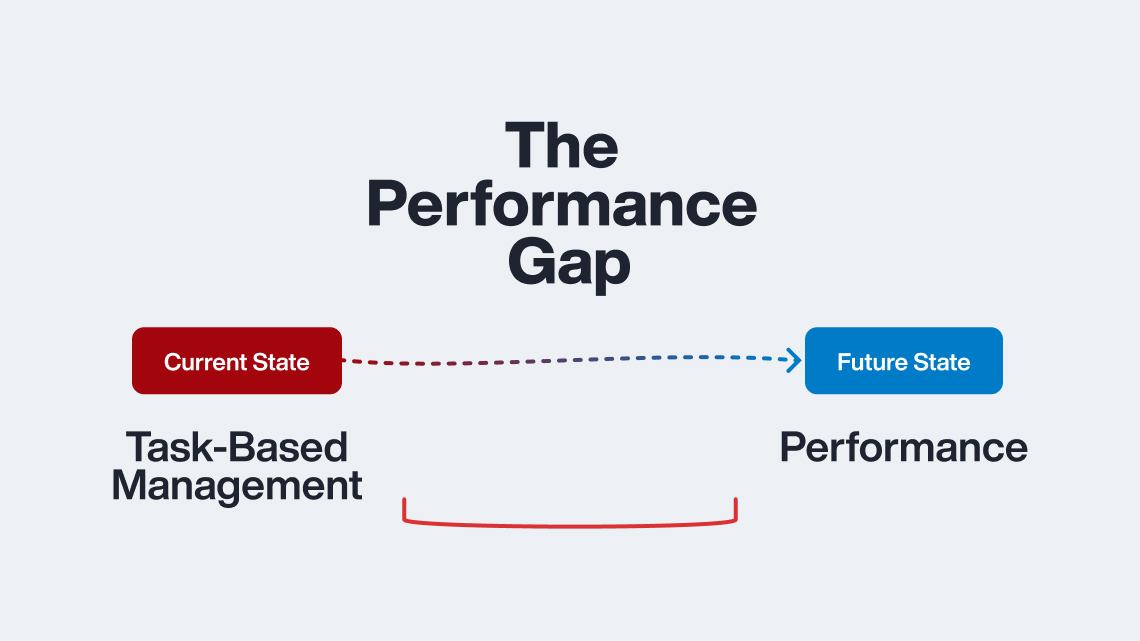Published on September 24th, 2014
By Aimee Miller
Many property managers accept high utility bills as a necessary – if painful – cost of doing business. True, we need energy to keep our homes cool in the summer and warm in the winter. We’re also fond of our high-tech security systems and all those digital devices that power our 24/7 lives. While energy is a necessity for life in the 21st century, how much of the monthly budget we allow energy use to consume is within our control.
Successful property managers understand that reducing costs associated with energy consumption is not only possible, but financially prudent. Not sure how to tackle high energy bills? Here are three focus areas to consider.
Tech, Training and Targeting
$22 billion dollars. That’s how much multifamily properties in the United States spend every year for energy and water consumption, according to retrofit study findings reported by the National Apartment Association. Researchers studying 236 multifamily properties involved in retrofit projects during a three-year period from 2009-2012 found that energy retrofits lowered consumption costs by almost 20% and more than 25% of energy and water waste can be corrected by focusing on energy-efficient upgrades.
While investing in upgrades and new technology definitely pays off in long-term energy savings, some financial analysts admit that controlling existing systems is often less expensive than upgrading. Training programs that encourage staff members to keep HVAC and boiler systems operating at peak performance and offering incentives to employees who find innovative solutions to curb consumption work for some property managers.
Negotiating Rates
Did you know that procurement contracts can save your property hundreds – potentially thousands – of dollars every year? Working with a property management firm or consultant can bring economies of scale into the picture – high volume often translates to negotiating clout that reduces natural gas and electricity rates.
Managing Demand
Understanding the numbers behind the numbers on your monthly energy bills is one way to curb costs. Negotiating great rates won’t automatically lower your power bills. You have to proactively manage your energy consumption to see real savings. Installing control systems that limit your property demand and shifting major loads to off-peak hours, typically between 9PM and 5AM, can dramatically lower your demand charges.
Keep in mind that installing demand limiters can backfire if your property management team doesn’t monitor usage closely. Some service providers impose hefty fines if you don’t follow your plan to the letter. Before you commit to a demand management program, review the rules carefully. Consider other policies that can improve demand management efforts like auditing bills and creating an energy consumption team to monitor usage and recommend property-wide changes.
You can hire a professional auditor or implement monthly audit policies with an in-house staff member. If you choose to assign auditing tasks to an employee, make sure to include these minimal steps:
- Read and record meter readings each month; then, compare those readings to your billing statements.
- Record heavy load incidents for peak and off-peak demand charge comparisons.
- Verify cost per unit billed matches current contract rates.
- Look for inappropriate fees and unidentified statement charges.
- Check all computations and calculations to make sure your property is billed accurately.
Smart technology tools can help property managers and tenants control energy usage and trim expenses. Energy savings can increase your property value significantly and boost profit margins. Applying common-sense solutions and working with industry partners to discover ways to curb energy costs makes sense.









Comments by Aimee Miller
Mortgage Meltdown’s Impact On The Rental Market (Infographic)
Yes - Infographics are a great way to display information ...